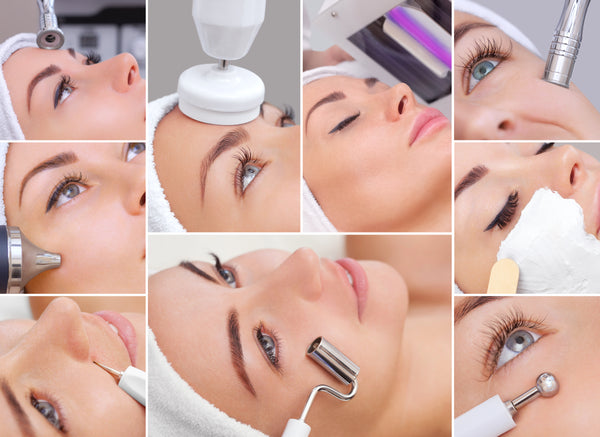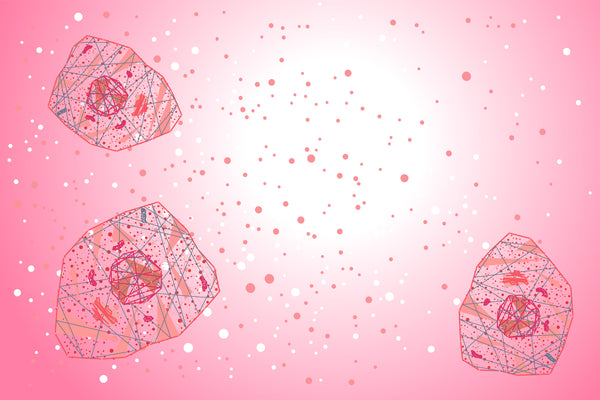Acne effects virtually everyone at some point in their lives, making it the most common medical skin condition according to the Academy of Dermatology. There are four different stages of acne that range from mild to severely inflamed. Grades I and II acne are considered acne simplex and grades III and IV are considered acne vulgaris. Acne simplex is made up of open and closed comedones with occasional papules and pustules, but overall, the skin isn’t inflamed. Acne vulgaris consists of several papules and pustules with the possibility of nodules and cysts and is characterized by inflammation. Acne is ultimately formed by a combination of dead skin cells, sebum, and bacteria; often accompanied by inflammation.
Sebum is increased when androgens, or male hormones, are stimulated. Sebum gets mixed with keratinized cells that have built up in the follicle, this makes an excellent environment for bacteria to colonize. The bacteria known to contribute to acne were previously called propionibacterium acnes or p.acnes bacteria; in recent years the name has been changed to cutibacterium acnes or c. acnes bacteria. It has been postulated that those with acne have more bacteria than those with clear skin. New research shows the number of c. acnes bacteria is similar amongst all individuals, inflicted with acne or not. The differences would be in the phylotypes or subtypes; it is more about equilibrium between the phylotypes and the microbiota. The microbiota consists of microorganisms that that play critical roles in protection against the invasion of pathogens. Remember the skin is the body’s first line of defense. Acnes bacteria make up about 90% of the microbiota in the pilosebaceous units of the face, scalp, chest, and back. This is due to the anaerobic nature of the bacteria being able to thrive in an oil rich environment. C. acnes bacteria play a role in fighting potentially harmful bacteria including Staphylococcus epidermidis, Streptococcus pyogenes, and Pseudomonasspecies. They also help the skin to maintain a low pH by releasing fatty acids, however those fatty acids are also contributors to inflammation. This brings the use of antibiotics for acne treatment into question due to the possibility of antibiotic resistance.
There are several options when it comes to treatment plans for those with acne. Most providers agree that before anything else, it is essential to have a good home care regimen that addresses all the contributing factors to acne. There are some powerhouse ingredients that are proven to improve the appearance of acne including vitamin A, salicylic acid, lactic acid, and tea tree oil. Vitamin A is an essential ingredient for all skin types, it normalizes all the healthy functions of the skin. For acne in particular, vitamin A increases cell turnover which reduces the chance of follicular build-up. It also regulates sebum production. Salicylic acid is another necessary ingredient for the treatment of acne. It is a lipid-soluble exfoliant, which allows it to penetrate the follicle and clear it of debris. Salicylic acid also has anti-bacterial properties by lowering the pH of the skin. Lactic acid works well with salicylic acid, it is another exfoliant that works by ridding the follicles of dead cell build-up. Tea tree oil is an effective essential oil that fights bacteria and reduces inflammation. Home care with a combination of these ingredients help to clear acne without the potential side effects of antibiotics.



0 comments